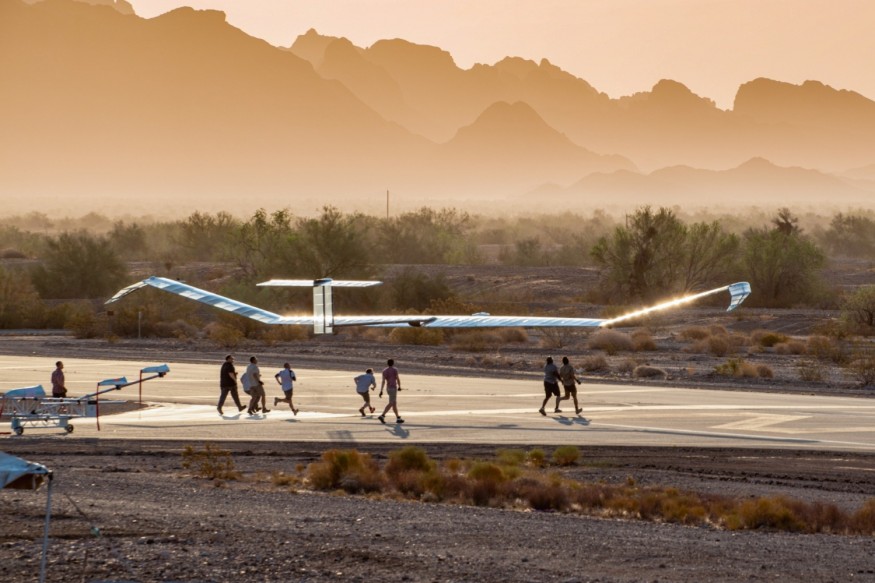The aerospace company Airbus will put their latest development Zephyr on an examination and is expected to undergo several phases of test flights before 2021 ends. The tests will take place within a span of two separate 18-day flights over the skies of Arizona. Zephyr's assessment will be conducted alongside Airbus's latest broadband connection to adapt the latest 5G technology. Aside from creating a sustainable and efficient unmanned aerial vehicle, the private company aims to share and improve mobile connections in remote regions with poor or no signal at all.
Zephyr's High Altitude Platform Station HAPS Technology

Zephyr is a solar-powered aircraft that is automated without any pilot. The craft is categorized as an unmanned aerial vehicle (UAV) with the latest technology of Airbus. Zephyr has the most sustainable and efficient system. It could run flights in various enterprises without adding any harmful materials in the atmospheric region of the planet. Zephyr is the selected craft that will carry a separate development that was produced by the same company.
The broadband technology provides a secure and reliable wireless connection of the internet in remote regions with limited to no access. Before Airbus' greater plan takes place, Zephyr will first undergo a series of test flights over the state of Arizona. Among the systems under examination with Zephyr is the British UAV system it was based from, called the High Altitude Platform Station or HAPS. The project will take place for 18 consecutive days that will include numerous flights.
According to a report by Daily Mail, this craft could reach a maximum height of 76,100 feet above the ground. The collaborative examination of the aircraft is made possible through the help of a Japan-based mobile company NTT DOCOMO. Once it passes the test flights, the project's main interest is to produce and lead one of the world's reliable and fastest broadband connections that could reach many remote areas.
Airbus Aims to Provide 5G and 6G Broadband Internet in Remote Areas
Airbus said that they chose this approach to remove the need of sending the planet's low orbit with additional satellites. The device will be equipped with a radio transmitter to relay internet signals between the UAV and computer.
Airbus Zephyr is expected to deliver the most advanced 5G and 6G network technology once the tests are fulfilled. The company will try to produce as many access as possible around the globe. Among the places targeted by the project are regions under secluded geography, mountainous areas, and lone maritime locations. The selected areas are scientifically known to have either limiter, lesser, or no internet connection at all due to a challenging signal wave production.
But by sending a 'pseudo-satellite' like a UAV just hovering miles above the remote area, people would be able to get ahold of mobile data for ease of communication and other essential activities. Aibus Zephyr is equipped with a couple of propellers for its silent and stable flight, as well as 82-feet solar panels that will be utilized for harnessing energies from the sun, giving the flight a renewable energy source.
Check out more news and information on Technology and Innovation in Science Times.












